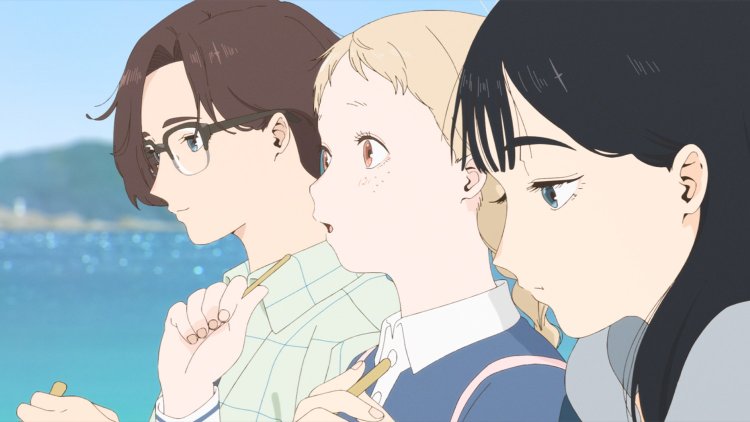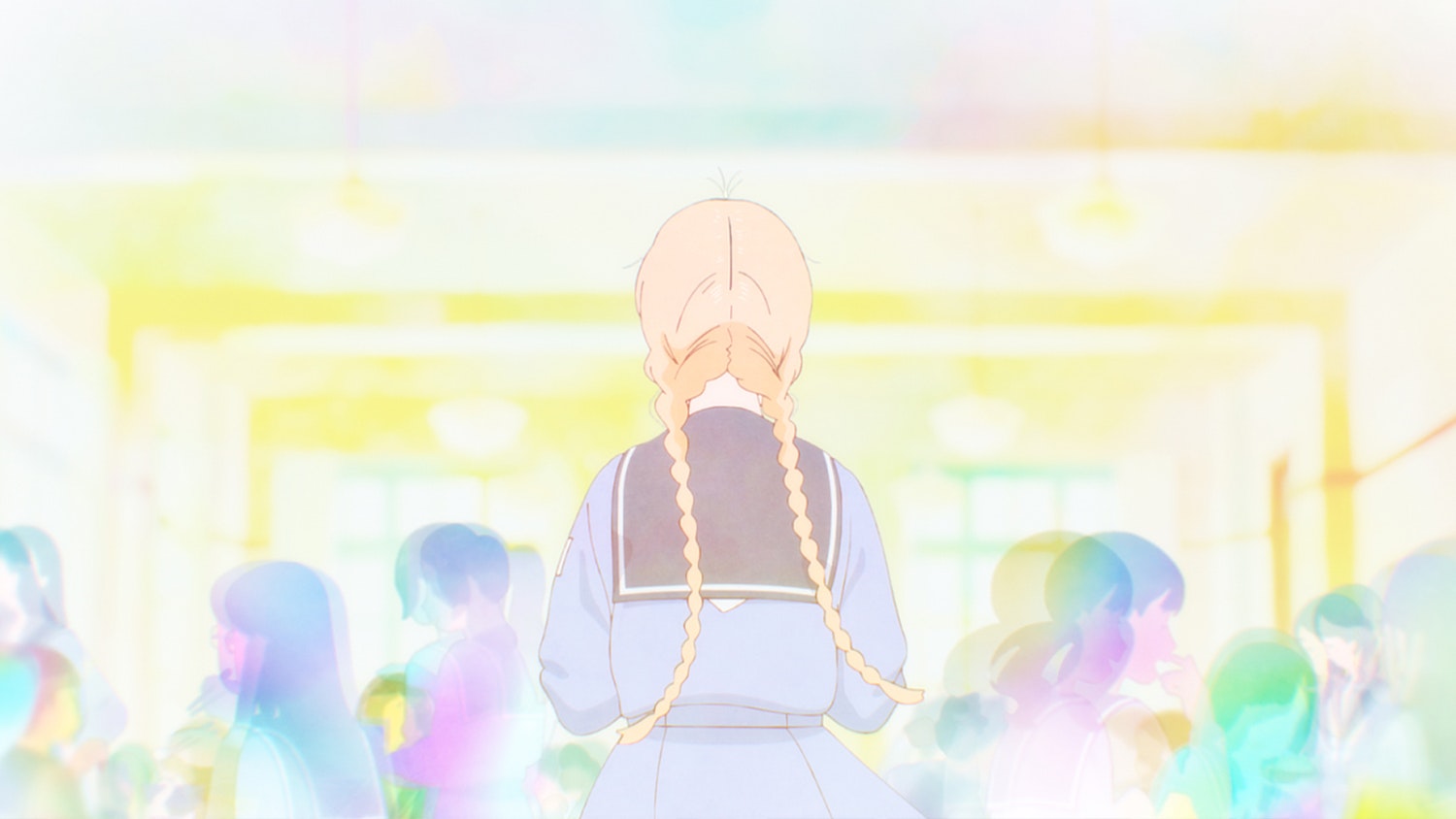The Colors Within
At its heart, the very medium of cinema is about the relationship between light...

At its heart, the very medium of cinema is about the relationship between light and sound – together, the right combination of wavelengths and frequencies can produce pure emotion. The Colors Within is a film that understands that symbiosis perfectly; a cine-synaesthetic coming-of-age anime that plays constantly with what is seen, heard and felt. It’s another evolution of filmmaker Naoko Yamada, whose previous works – including A Silent Voice and Liz And The Blue Bird – have also been school-set tales of teen drama with an aural fixation.

It’s another win, too, for Science Saru – previously behind Night Is Short, Walk On Girl and the Scott Pilgrim animated series – an anime studio with no house style, but a reputation for raising the bar. In its best and most daring moments, The Colors Within is gasp-worthy to look at – its central character, introverted Catholic school-girl Totsuko (Sayu Suzukawa), has the ability to see people’s auras, envisioning personalities and emotions as bursts of abstract colour. The film deploys that notion beautifully, dousing the screen in vibrant hues that bloom across the frame. Characters are silhouetted impressionistically in multicoloured tones; one gorgeous scene-transition sees a watercolour line morph into a hilly landscape. The effect at times isn’t unlike the impact of Gwen’s world in Across The Spider-Verse.
An extra hit single or two away from a classic.
That notion evolves as Totsuko forms a band with two other outsiders – self-conscious school dropout Kimi (Akari Takaishi), and lonely boy Rui (Taisei Kido) – none of whom are quite truthful about their proficiency with their instruments. Yamada revels in faithfully recreating their music gear in animated form, from Rickenbacker guitars and Orange amps, to voice-note apps (this surely is the first anime film to so prominently feature the playing of a theremin). But the music they make is also translated through Totsuko’s synaesthesia; melodies become colours that correspond with the auras of their players. “Kimi’s colour is beautiful. And exciting,” notes Totsuko at one point. These feelings and sounds are somewhat taboo, contrasted against the grey repression of Totsuko’s nun-led religious school.
As gorgeous as it all looks, and as powerful as that colourful conceit can be, the narrative doesn’t always live up to it. The character threads here are a curious combination of the melodramatic and the underplayed – each band member hides a secret, and their adolescent conundrums feel life-or-death, as all teen turmoil does. But the film keeps their stories simply simmering throughout, rarely building to a boil. Totsuko makes for a somewhat inscrutable – often overly passive – protagonist, despite the audience being allowed to see the world as she does. There’s a quiet power to the film’s buttoned-up feelings, but you wish it would open up a little more.
Thankfully, it livens up in the final act as the trio play a show together, bringing a burst of energy that the second half of the film has been lacking. And it helps that the group’s songs are largely great, especially a celestial synth-pop bop that ties together the film’s explorations of the musical and the metaphysical. Think of The Colors Within as a strong album that's an extra hit single or two away from a classic.
What's Your Reaction?























